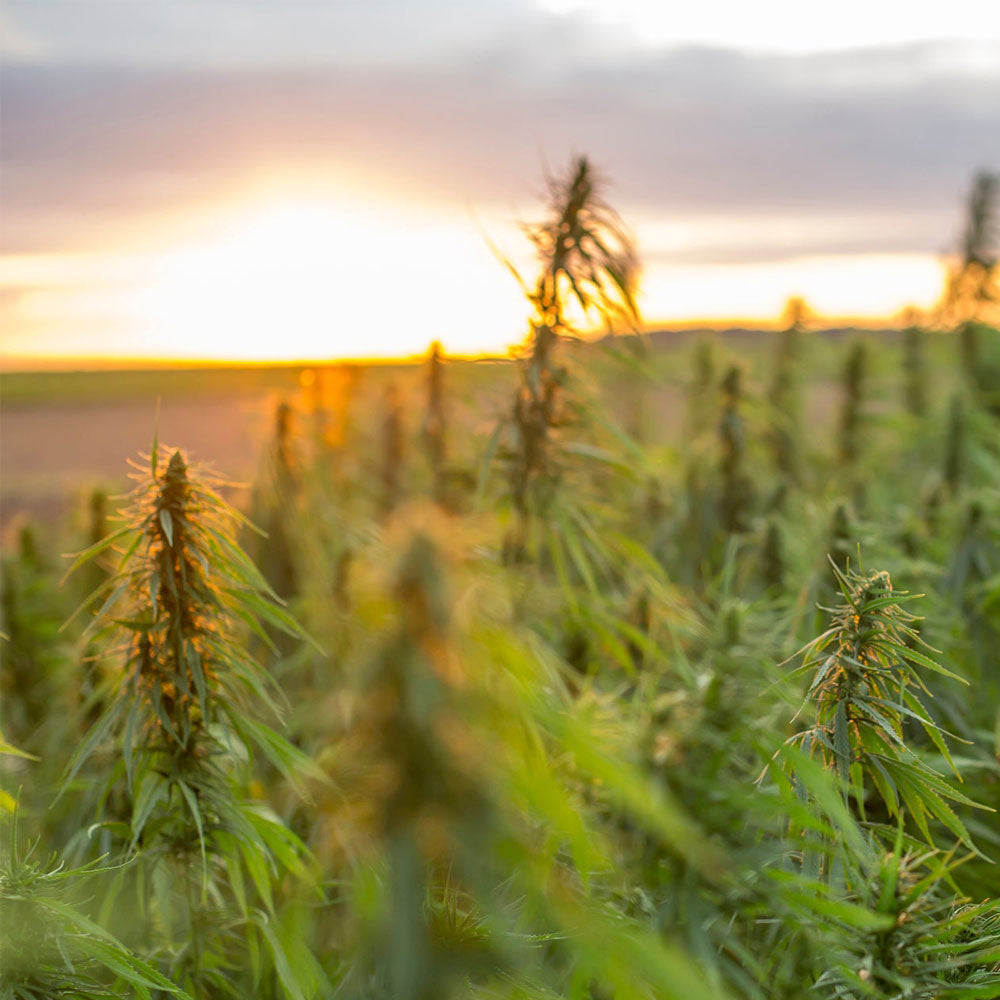
Share
What And Where Is The Emerald Triangle?
The “Emerald Triangle” might sound like a thing of myths and legends, but it is a place that exists in real life. This area is found in the United States, particularly Northern California, and offers one of the best natural growing environments for dry herb around the world. But what makes the Emerald Triangle so special? Where did it start and where is it now? And what does the future of this fertile land look like with the legalization of licensed farms?
A Very Brief History of The Emerald Triangle
The Emerald Triangle is said to have started gaining its reputation as an herb-loving area back in the 1960s. Then, in 1996, the state of California passed Proposition 215, which legalized the use of medical dry herb. That is when the Emerald Triangle really began to boom. There were many different strains of dry herb carefully crafted in this area of California. This long history of dry herb cultivation has also led to the growth of plants that stand at over 15 feet tall at full maturity. They are truly magical to witness and worth seeing in real life if you get a chance and are a plant enthusiast.
The Three Counties That Make Up the Emerald Triangle:
The Emerald Triangle covers a large area of land in the northwest region of California. This tri-county area includes the state counties of Humboldt, Mendocino, and Trinity. These counties have been known to produce the most dry herbs in the country. Much of the counties are covered with rolling hills and open space, perfect for growing hemp and its cousin plant. This region is well-known in the growing world and has a rich history of developing high-quality dry herb.
Humboldt County
Humboldt County is the most well-known region within the Emerald Triangle. It sits along the northern coast of California and is mainly a farming community. This area has been included in much press coverage and even a TV show about the Emerald Triangle. Because of that, it has developed a reputation for being the best place in the U.S. to grow the best ganja. Yet, that popularity does have an impact on the local population. There is an influx of people in this county during harvest season, locally referred to as “Croptober” since you tend to harvest outdoor grows in October in this region. This influx population is referred to as “Trimmigrants” since they are brought in seasonally to harvest and trim dry herb. However, there are also plenty of Trimmigrants employed throughout the other counties included in the Emerald Triangle.
Mendocino County
Mendocino County is located at the point of the triangle, further south in California. It is also known to grow some of the best dry herb in the country, and the local economy tends to rely on this agriculture industry. But there was some still resistance to the legalization of dry herb in this area though. Local growers feared that the legalized market would affect the price of crops and potentially lower their profits. There is also a whole lot of paperwork involved in legalizing a grow operation, that some growers decided was not worth the trouble.
Trinity County
The final piece of the Emerald Triangle is Trinity County, found furthers inland, directly east of Humboldt County. With the roots of this county being in the black market of growing dry herb, there are some precautions taken by growers here that might seem extreme to outsiders. Growers protect their crops and land since it is their livelihood, and this has created the reputation for these areas being unsafe to visit. However, that depends on who you talk to and how involved in the growing community they are. There is still a lot to love over fear in the Emerald Triangle.
A Stable Future for The Emerald Triangle?
But the future of the Emerald Triangle may not be as bright as its beginnings. Climate change has affected many areas of the world, including the counties in the Emerald Triangle. There have also been numerous wildfires in these areas over recent years, which have impacted growers and their livelihood. Growing dry herb is a way of life for many locals to this area though, and they will not give up on the area’s rich resources, unique climate, and deep-rooted history easily.
There are many growers in this region who are switching to more environmentally sustainable growing practices to help preserve the earth. They refrain from using pesticides or other chemicals during the growing process. Some growers have even gone to the lengths of becoming certified organic, which involves much adaptation, paperwork, and fees. But the investment is well worth it to cultivate better soil and make less of an impact on this valuable environment. The future of the Emerald Triangle is still bright, with the effort of those who have been there from the beginning working to save its rich climate and history.
Related Blog Posts
Vape CBD or Smoke CBD - Which is Better
